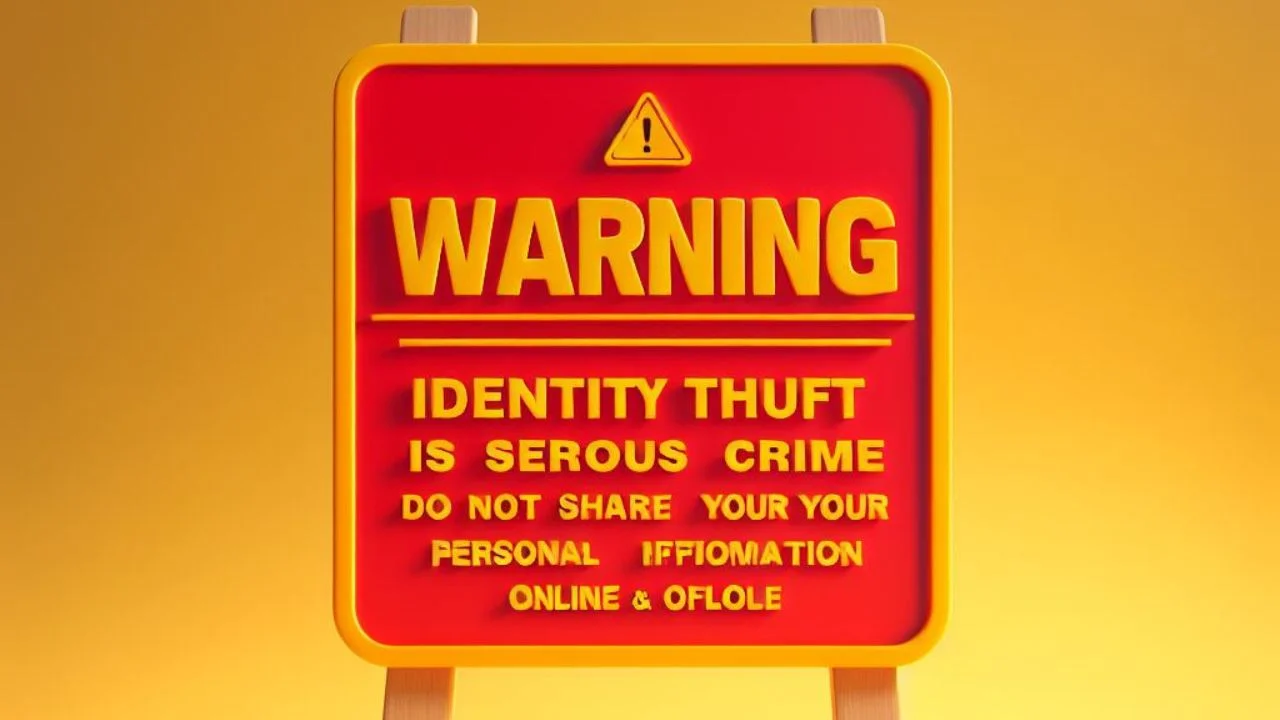In the vast landscape of online transactions, the little three-digit code on the back of your credit or debit card plays a pivotal role – the CVV (Card Verification Value). Understanding the significance of CVV in preventing identity theft is crucial for anyone navigating the digital realm.
I. Introduction
A. Definition of CVV
The CVV, also known as the security code, is a three-digit number on credit and debit cards. It acts as a crucial layer of security in online transactions, supplementing the primary card details.
B. Importance of CVV in Online Transactions
With the surge in online shopping and digital transactions, the CVV has become a frontline defense against identity theft and fraudulent activities.
II. How CVV Works
A. Three-digit Security Code
The CVV is a numeric code separate from the card number and expiration date. Its brevity enhances security and prevents unauthorized access.
B. Unique to Each Card
Every credit or debit card has a unique CVV, adding an individualized aspect to the security measures. This uniqueness thwarts attempts at mass data theft.
C. Verification Process During Transactions
When making online purchases, the CVV is required for authentication. Its absence or incorrect entry can lead to transaction failure, protecting the user from potential fraud.
III. Identity Theft Statistics
A. Rise in Identity Theft Cases
Identity theft has seen a significant rise in recent years, making it imperative to bolster security measures like CVV.
B. Vulnerability in Online Transactions
The digital landscape exposes users to identity theft risks, making secure authentication protocols like CVV essential.
IV. Role of CVV in Preventing Identity Theft
A. Authentication in Online Transactions
CVV serves as a proof of possession during online transactions, ensuring that the person making the purchase has the physical card in hand.
B. Additional Layer of Security
Beyond standard card details, CVV adds an extra layer of security, making it challenging for fraudsters to complete transactions without the correct code.
C. Fraud Prevention
The presence of CVV significantly reduces the risk of fraudulent transactions, acting as a deterrent for cybercriminals.
V. Challenges and Weaknesses
A. Phishing Attacks
Phishing attempts may trick individuals into revealing their CVV, highlighting the importance of user education.
B. Stolen Physical Cards
Physical theft of cards remains a risk, emphasizing the need for swift reporting and card replacement.
C. The Need for Continuous Improvement
As technology evolves, so do potential threats. Continuous improvement in CVV systems is essential to stay ahead of emerging risks.
VI. Best Practices for CVV Protection
A. Avoid Sharing CVV Information
Users should never share their CVV, treating it with the same confidentiality as their PIN.
B. Regularly Check Bank Statements
Frequent monitoring of bank statements allows users to detect unauthorized transactions promptly.
C. Secure Online Shopping Practices
Choosing reputable websites and secure payment gateways enhances overall online security.
VII. CVV and E-commerce Security
A. Integration of CVV in Online Platforms
E-commerce platforms play a vital role in ensuring the proper integration of CVV checks during transactions.
B. Merchant Responsibility in Protecting CVV Data
Merchants must uphold stringent security measures to protect customer CVV information, contributing to overall online safety.
VIII. Technological Advancements in CVV Security
A. Two-factor Authentication
The evolution of security measures includes two-factor authentication, adding an extra layer beyond CVV.
B. Biometric Verification
Innovations like biometric verification further enhance the security landscape, providing unique identifiers beyond traditional codes.
C. Future Trends in CVV Technology
Continued advancements in CVV technology are anticipated, aligning with the ever-changing digital threats.
IX. User Education and Awareness
A. Importance of Educating Users
Educating users about the significance of CVV and potential risks builds a proactive defense against identity theft.
B. Recognizing Phishing Attempts
Users must be adept at identifying phishing attempts to prevent divulging sensitive information like CVV.
C. Creating Strong Passwords
In tandem with CVV, strong passwords add an additional layer of protection in the digital realm.
X. Legal Aspects of CVV Protection
A. Data Protection Laws
Stringent data protection laws govern the usage and safeguarding of CVV information, holding entities accountable for lapses.
B. Consequences of CVV Misuse
Misuse of CVV information can lead to severe legal consequences, emphasizing the importance of ethical practices.
XI. Frequently Asked Questions (FAQs)
A. What is CVV?
CVV stands for Card Verification Value, a three-digit security code on credit and debit cards.
B. How is CVV Different from a PIN?
While a PIN is a numeric code for ATM transactions, CVV is used for online and card-not-present transactions.
C. Can Online Transactions be Secure Without CVV?
CVV adds a crucial layer of security, but other measures like two-factor authentication contribute to overall transaction security.
D. What Should I Do if My CVV is Compromised?
Immediately contact your card issuer, report the incident, and request a new card with a different CVV.
E. Are There Alternatives to CVV for Online Security?
While alternatives exist, CVV remains a widely adopted and effective method for online security.
XII. Conclusion
A. Recap of CVV’s Significance
In a digital era rife with identity theft threats, the CVV stands as a stalwart guardian, fortifying the security of online transactions.
B. Call to Prioritize Online Security
As technology advances, users, merchants, and policymakers must collaborate to continually enhance online security protocols.

